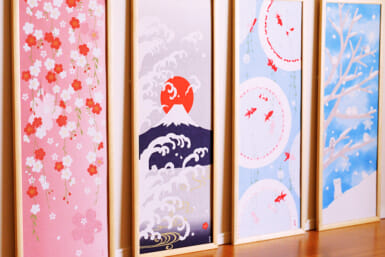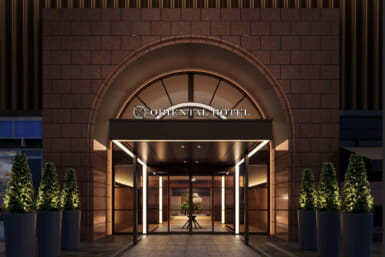Provided by MAGELLAN JAPAN:
THE FINANCIAL PLANNING COMPANY
Tel. 03-3769-5511
Investing in wine suggests a certain touch of class. It seems decadent to spend hundreds of pounds on a crate of plonk you don’t even intend to drink. But don’t dismiss wine investment as the preserve of the well-heeled—the good news is you don’t have to be rich to buy wine.
Around £3,000 (aproximately ¥670,000) would get you three cases—36 bottles—of a quality wine. A suggested portfolio of Château Latour 1998, Château Margaux 1998, and Château Leoville Las Cases 1998, would cost around £2,585 (¥600,000). It’s hardly small change, but it means wine investment is within reach of many ordinary investors.
Serious investors spend much more on their cellar, with the average portfolio worth about £25,000 (¥5,600,000). Investors then receive a monthly statement, telling them how much their portfolio is worth.
This kind of service is offered by a number of merchants and brokers and the advice on offer may prove invaluable when you are first starting out. The broker will help you select your wine, source it for you and ultimately help you sell it on.
What should you buy?
If you have a small amount of money you should look to invest in a small quantity of very good wines. Red Bordeaux is likely to make up the bulk of your portfolio because it has a history of increasing in value. Speculating on an Australian Chardonnay, however, is unlikely to earn you much money as France still dominates the fine wine league table.
Some investors swear by buying en primeur—that is when the wine is still in the cask. The wine has just been put on the market and in theory offers the greatest potential for return. You can then sell them on between two and five years later for the greater market value once the wine is bottled.
Buying wine from a proven vintage is also a good bet. And 1986 is one year picked out for praise. As a general rule of thumb, any wine from a good vintage is better than a good name from a poor year, so don’t assume a particular winemaker will always provide good returns.
Having chosen your wine, you need to think about where to keep it. In order to ensure its saleability, you should keep it “under bond” in a specialist warehouse. As well as keeping it out of harm’s—and temptation’s —way this means you don’t have to pay VAT or duty.
Like any investment, choosing the ones that will perform spectacularly from the average performers will be a matter of luck as well as judgement.
A case of Château Mouton Rothschild bought en primeur back in 1990 at a cost of £550 (¥120,000) would now be worth £1,300 (¥300,000). Had you spent the same money on Château Margaux, the return would be nearer £3,500 (¥800,000).
But all are free of capital gains tax (CGT) so even a modest return will look attractive when compared with some traditional types of investment.









